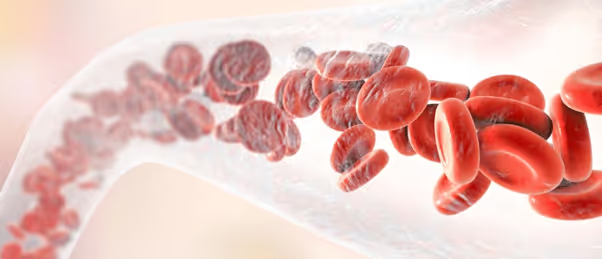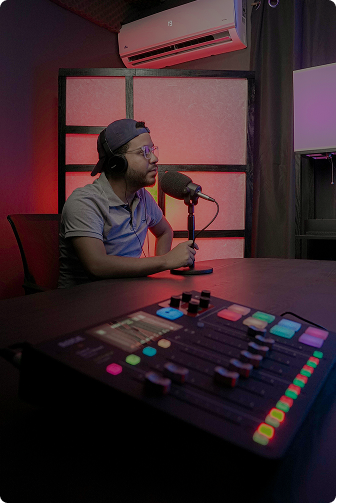Virtual technology is out for blood
Virtual technology is out for blood

A novel computational modeling technology could hugely improve heart disease treatment through recreating ‘virtual’ representations of patient blood vessels.
VIRTUHeartTM. It’s got quite a catchy name doesn’t it? It’s a novel technology that virtually recreates 3D computer representations of blood circulation through arteries, providing important information regarding the optimal treatment option for patients. It could hugely improve heart disease treatment through reducing clinician workload and increasing the capacity of heart care services amidst their increasing demand.
Developed by the Mathematical Modelling in Medicine research group at the University of Sheffield (UK), VIRTUHeartTM works by using a ‘virtual’ Fractional Flow Reserve (FFR), a test which measures blood flow in the coronary arteries. This enables clinicians to investigate blockages and oxygen delivery to the heart, as well as providing a clearer examination of the heart’s arteries.
The research, funded by the British Heart Foundation (BHF) (UK), investigated clinicians’ use of VIRTUHeartTM in treating 208 hospitalized heart attack patients by reconstructing their coronary arteries. The reconstructed blood vessel models were presented to the patients’ doctors after they had already been treated to investigate if using VIRTUHeartTM would have led to any treatment modifications.
The researchers discovered that the technology would have changed the treatment of 22% (46) of patients. Using VIRTUHeartTM would also have decreased the number of patients (21 of the 46 patients) that received unnecessary invasive procedures like stent insertion, with the doctors revealing that they would have opted for treatment with medication instead had they used the technology for treatment planning.
Normally for clinicians to examine blood vessels, an angiogram is performed. This is a test that uses X-ray images to visualize the inside of blood vessels and detect any blockages, such as accumulations of fatty deposits. Patients with circulation problems or with chest pain will often be recommended an angiogram to identify the underlying issue and help advise a suitable treatment plan.
The research team are currently assessing the affect of integrating this technology widely in the NHS, such as its potential impact on waiting lists and patient experience. They are also exploring if VIRTUHeartTM could help to advance treatment for angina, a relatively common chest pain caused by reduced blood flow to the heart.
Approximately 250, 000 coronary angiograms are carried out each year in the UK. However, heart disease is complex and angiogram interpretation can be difficult, leading to resulting challenges when recommending the best treatment options. VIRTUHeartTM could help to overcome some of these issues.
Nilesh Samani, the Medical Director of the British Heart Foundation (UK), explained: “There are around 100,000 hospital admissions each year due to heart attacks, mostly caused by the coronary arteries becoming narrowed and blocked by a build-up of fatty plaques. Technologies like VIRTUHeartTM show real promise to improve treatment as well as reducing unnecessary interventions, expense and complications and freeing up clinicians’ time to treat other patients.”
.png)
.png)
.png)



